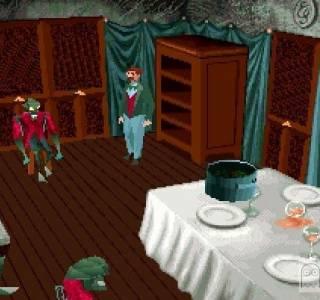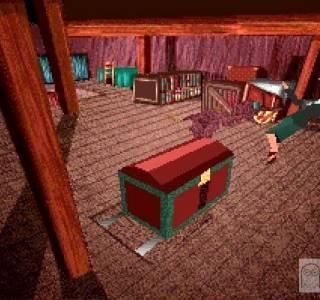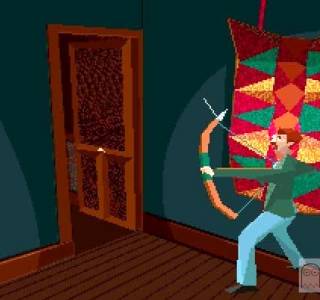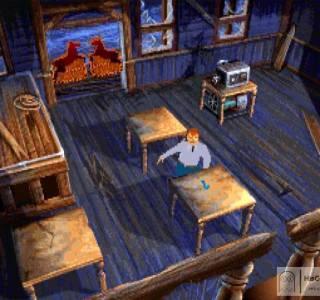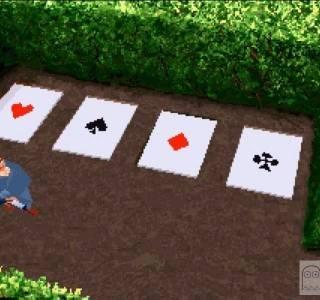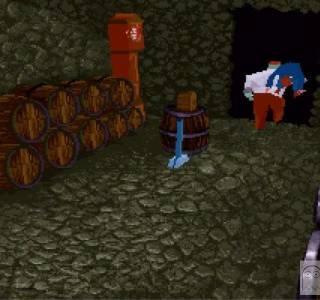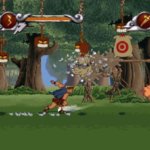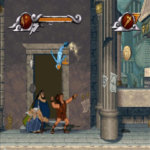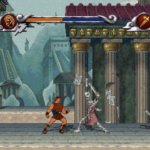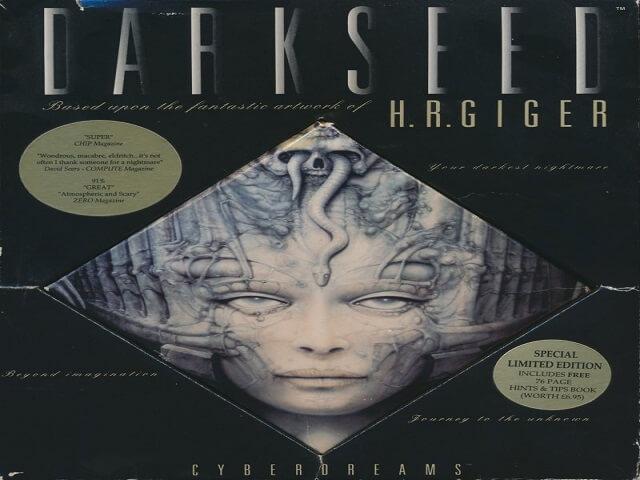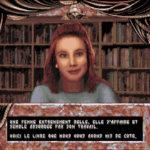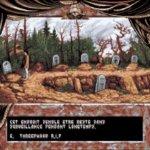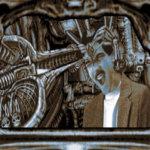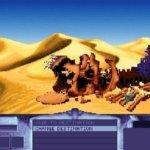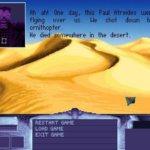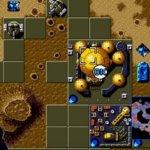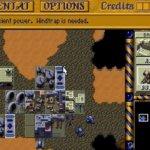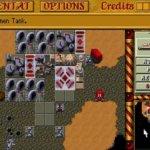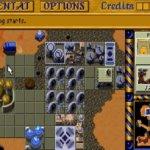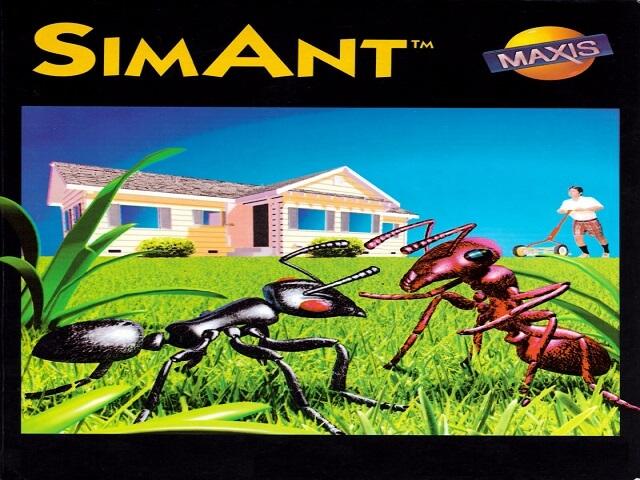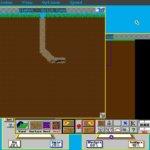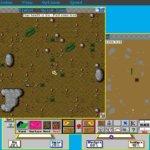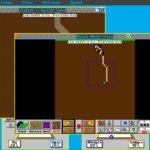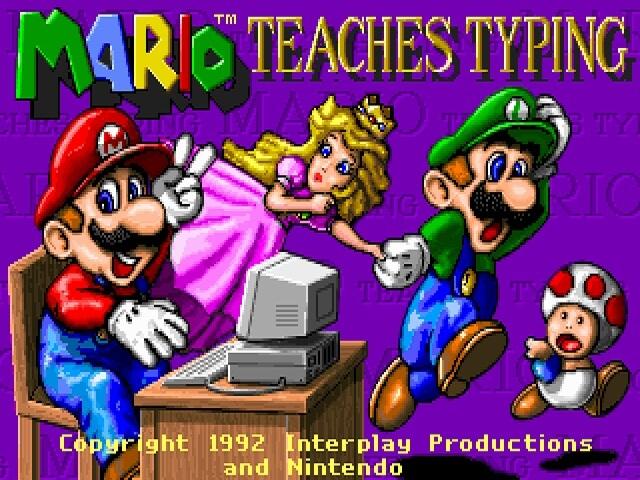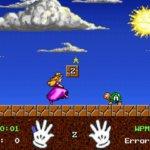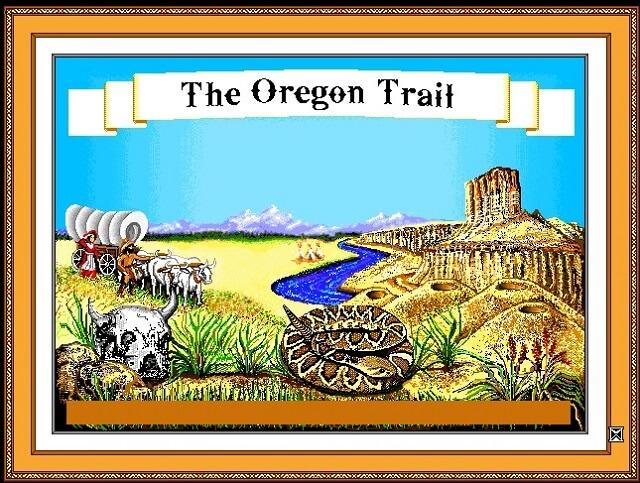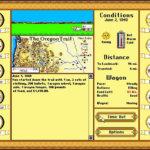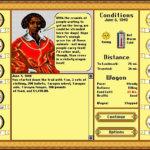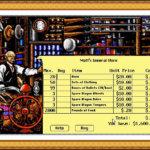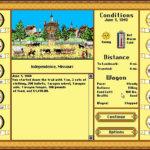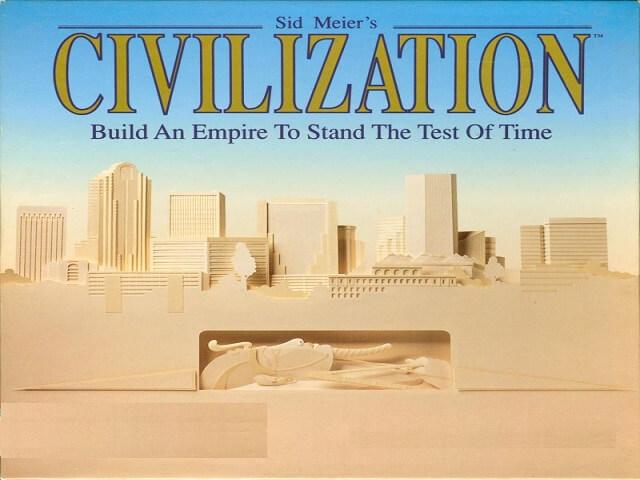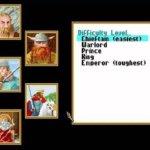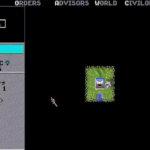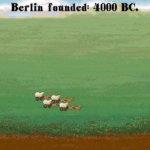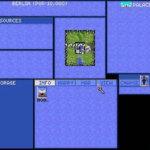Search results for: “1992”
-

Pinball Fantasies
In the arcane annals of gaming history, emerges Pinball Fantasies, a pulsating pinball symphony birthed by the conjurers at Digital Illusions in 1992. Published by the enigmatic 21st Century Entertainment in Europe, this Amiga marvel stands as the cryptic sequel to Pinball Dreams, an ethereal precursor scattered across diverse platforms earlier in the same year.
Publishers 21st Century Entertainment Ltd. Developers Digital Illusions CE AB Release date 1994 Genre Action The Digital Alchemy: Crafting Fantasies Beyond Imagination
Game Development Saga
Witness the alchemical journey as Pinball Fantasies unfurls its enigmatic tapestry. Forged by the same arcane artisans who birthed Pinball Dreams, this digital progeny transcends the boundaries of its Amiga birthplace, traversing realms to embrace the Amiga CD32, Atari Jaguar, Game Boy, MS-DOS, PlayStation, and the Super Nintendo Entertainment System.
In this transmigration, each iteration metamorphoses, bearing witness to alterations and augmentations, a dance of evolution that enriches the Pinball Fantasies experience.
The Esoteric Accolades: Critical Odes to a Digital Odyssey
Critical Acclaim Unveiled
Pinball Fantasies, upon its genesis in the Amiga realm, ascended to the pinnacle of critical acclaim. The ethereal echoes of applause resonated through the corridors of gaming journalism, praising its presentation, aesthetic allure, symphonic audio, and the intricate dance of gameplay. A tapestry of improvements unfurled, eclipsing the shadow of its predecessor.
As the digital odyssey unfolded across diverse platforms, the acclaim rippled, reaching shores far and wide. PC Gamer, an oracle of gaming wisdom, anointed Pinball Fantasies as not just a game but a timeless relic, etching its name in the hallowed halls of the best video games ever crafted.
Download [title]
We might have the game available for more than one platform. Pinball Fantasies is currently available on these platforms:
The Android Sequel: Pinball Fantasies HD
The Digital Sequel Unveiled
As time spiraled forward, the Pinball Fantasies saga continued its cosmic dance. In 1995, the realms of Android were graced with Pinball Fantasies HD, a sequel echoing through the digital corridors. A new chapter written, pixels rearranged, and the pinball symphony resonated once again.
Conclusion: A Symphony Across Dimensions
In the labyrinth of digital realms, Pinball Fantasies stands as a testament to perplexity and burstiness. Complexity woven into its digital DNA, sentences stretching and compressing like the plunger’s dance on the pinball field. Each pixel, a note in the grand symphony of a timeless game, echoing through the corridors of gaming history. Pinball Fantasies, a saga that defies time, a symphony that transcends dimensions.
[title] Screenshots
DOS


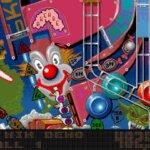


Ecco the Dolphin
In the realm of gaming antiquity emerged “Ecco the Dolphin,” a seminal 1992 action-adventure masterpiece crafted by Novotrade International. Plunge into the narrative depths where players, assuming the role of Ecco, a sentient bottlenose dolphin, embark on an odyssey to rescue his pod from otherworldly entities. Within an expansive aquatic domain, the game unfolds, weaving a tapestry of ingenuity through intricate puzzles and a narrative symphony that reverberates with atmospheric storytelling.
Game Information
| Aspect | Details |
|---|---|
| Release Year | 1992 |
| Developer | Novotrade International |
| Genre | Action-Adventure |
| Playable Character | Ecco (Bottlenose Dolphin) |
| Plot Focus | Saving Ecco’s pod from extraterrestrial forces |
| Game Setting | Vast Underwater World |
| Gameplay Features | Innovative gameplay, intricate puzzles, atmospheric storytelling |
| Graphics | Impressive for its time |
| Soundtrack | Immersive and atmospheric |
| Platforms | Sega Genesis, Sega CD, Virtual Console |
| Download Availability | Various online platforms |
| Legacy | Enduring classic in the gaming community |
This table provides a concise overview of key details related to the “Ecco the Dolphin” game.
Download Odyssey: A Multifaceted Portal to the Oceanic Abyss
“Ecco the Dolphin” beckons from digital realms, a siren call echoing across Sega Genesis, Sega CD, and Virtual Console platforms. Seek its digital essence in the vast online bazaar; traverse virtual aisles to find this aquatic opus resonating on your preferred gaming platform.
Install on Windows Vista, 7, 8.1, 10 & 11 PC
[title] Screenshots


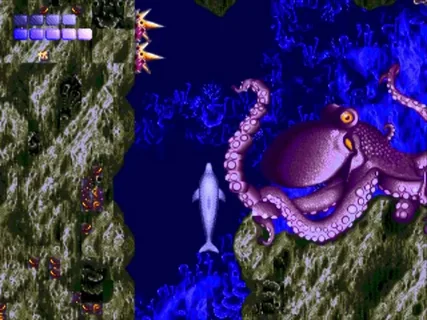
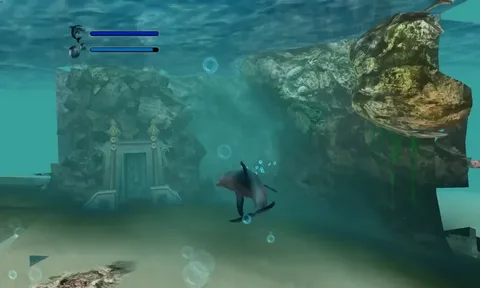
Ecco’s Sonata: A Symphony of Gameplay Complexity and Narrative Symphony
Journeying through “Ecco the Dolphin” unveils an immersive odyssey, orchestrating the nimble ballet of Ecco through oceanic depths. Players, navigators of complexity, decipher puzzles amidst the balletic sonar waves and acrobatic pirouettes, fending off extraterrestrial adversaries. A crescendo of marine interactions, glyphic enigmas, and cosmic confrontations orchestrates an immersive experience, shrouded in the enigmatic mysteries of the deep blue.
System Requirements Recommended
| OS: | Windows 10, 8.1, 7, XP, Vista |
| Processor: | Pentium 4 @ 2 GHz or Above |
| Memory: | 512 MB RAM |
| Graphics: | 3D Graphics card compatible with DirectX7 |
| Storage: | 2 GB available space |
| Sound Card: | Yes |
“Ecco the Dolphin”: An Echolocation of Gaming Features
- Oceanic Overture: A Deep Dive into Immersive Underwater Realms
Descend into a kaleidoscope of vibrant marine landscapes, a sonata of secrets waiting to be unveiled in the expansive oceanic tableau. - Cognitive Ballet: Navigating the Intelligent Gameplay Choreography
Direct Ecco’s intricate dance, a mind ballet melding sonar symphonies and acrobatic pirouettes, orchestrating solutions amidst puzzles and interactions. - Chronicles of the Abyss: A Unique Narrative Tapestry Unfurls
Undertake a quest resonating with the echoes of the cosmic, unraveling a tapestry of mystery as Ecco endeavors to rescue his pod from celestial forces. - Strategic Ripples: Challenges as Deep as the Ocean Floor
Confront strategic tempests demanding cerebral acumen, communication with marine denizens, and the decoding of arcane glyphs to navigate this aquatic labyrinth. - A Visual Serenade: Graphics as Mesmerizing as the Ocean’s Depths
Witness the visual spectacle, where graphics harmonize with the deep sea’s beauty, creating an atmospheric crescendo that submerges players in Ecco’s aquatic world. - Enduring Echoes: A Sonic Resonance in Gaming History
As a timeless classic, “Ecco the Dolphin” ensnares gamers with its symphony of innovation, leaving an indelible echo in the annals of gaming history.

